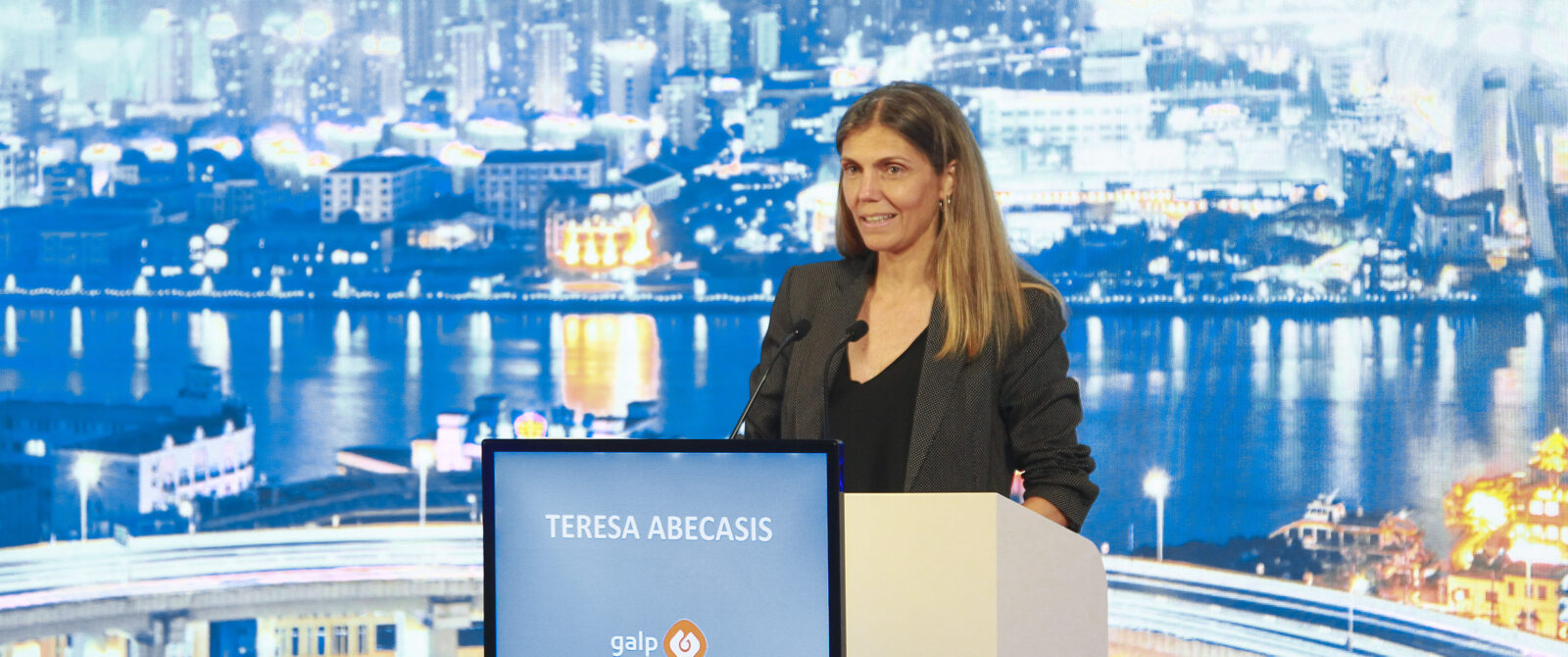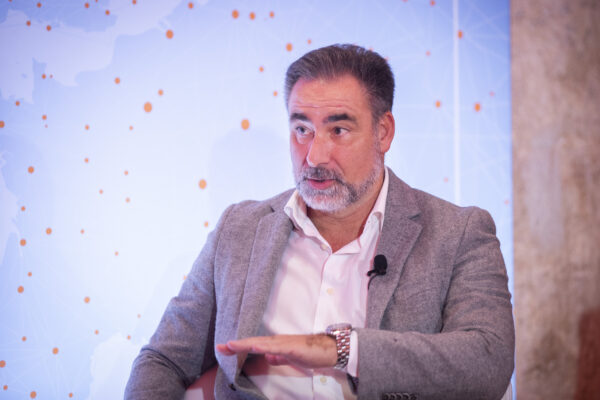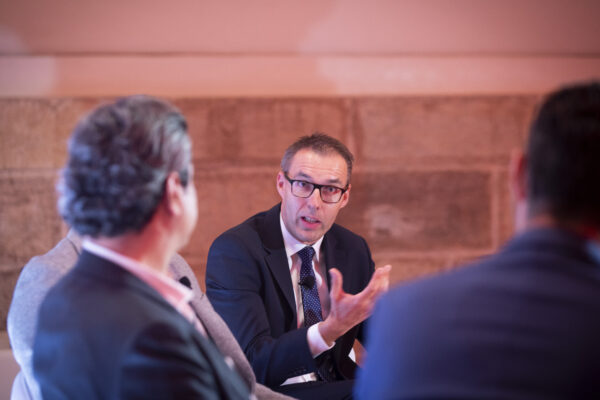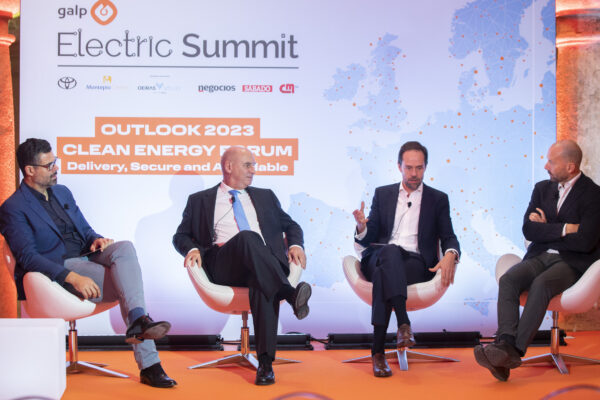Sustainable mobility is necessary to decarbonise the transport sector
Electrification, hydrogen and biofuels are just some of the ways in which Galp is contributing towards more sustainable mobility, helping to decarbonise the transport sector.
The issue of energy has now risen to the top of the agenda not only for economic players but for society as a whole, said Teresa Abecasis, Commercial COO of Galp addressing the Electric Summit. “It’s relatively easy for Galp to be talking about mobility, it’s been in our DNA for years, our entire history has revolved around mobility”. The most visible aspect of the brand for the Portuguese is its fuel pumps – of which there are over 700 – where “every Portuguese citizen knows they can find solutions for their mobility, both for their car, but also in our shops when they need a little energy to continue on their journey.”
But Galp’s presence is not just felt through this “historical aspect.” Almost 15 years ago the brand started looking at electric mobility, and, according to Teresa Abecasis, in 2010 it pioneered the installation of the first rapid charging point at a service station in Europe. “We’ve been doing this for some time, and it makes perfect sense for us to discuss sustainable mobility”.
Indeed, this discussion has to take place because of the need to decarbonise the transport sector. “Science is telling us that if we want to put a brake on global warming and if we want to stay below the 1.5 degree target, we have to work our way towards decarbonisation by 2050”.
Europe at the forefront
As Teresa said, Europe has been at the forefront of this discussion, having drawn up its ‘Fit for 55’ package of legislative proposals with a goal to cut Co2 emissions by at least 55% by 2030. Within the transport sector, road transport accounts for 20% of these emissions.
She went on to say that on the issue of e-mobility, Galp ended 2021 as the company with the most charging points in Portugal – around one thousand. This number has now grown to over 1300, and is expected to be doubled by the end of the year. Galp intends to exceed its target of 10 thousand charging points in Iberia by 2025.
To boost the market’s confidence that there is infrastructure in place to allow a comfortable switchover to electric cars, the brand has ensured its presence both on the public highway and in privately-owned spaces, as well as having its own fuelling stations and car parks, and at other sites where a Galp presence “might make sense.” Teresa Abecasis added that Galp is working on dedicated electric charging points, the so-called hubs, which look like petrol stations. For now, nine different locations are being arranged.
Galp should also very shortly be joining the infrastructure which will link Lisbon and Madrid with charging solutions “to ensure the comfort of anyone making a journey in an electric car.” Teresa Abecasis also mentioned solutions for apartment complexes which will contribute towards optimising the way electricity is used. “Charging an electric car could cost up to 30% less if we do it in the right place. Electricity could cost half if we do it at the right time.”
Hydrogen is (also) a solution
Nevertheless, e-mobility is just one piece of this immense puzzle that is sustainable mobility.
Teresa feels that electrification is a tried and tested solution for road and passenger transport, but the energy density of a battery is one hundred times lower than that of petrol. “In other words, you need 100 times more space to obtain the same energy. This isn’t feasible for long-distance or heavy transport. In such cases, electrification is unlikely to be the solution.” This applies to shipping, aviation and heavy vehicle transport, and this is where hydrogen comes into play. Hydrogen is regarded as a solution which will technologically overcome the constraint of energy density and ensure decarbonisation for this type of transport.
Teresa Abecasis finished her speech by stating that Sines is the site where Galp is developing many of these solutions. “What is currently a traditional refinery aims to soon be a green energy park, with a unit for advanced biofuels made using waste or specific raw materials.” The brand has been working on biofuels since 2013 at a smaller 30,000 ton capacity unit. “We’re scaling up.” She concluded that green hydrogen is “the most poetic part of energy.”











